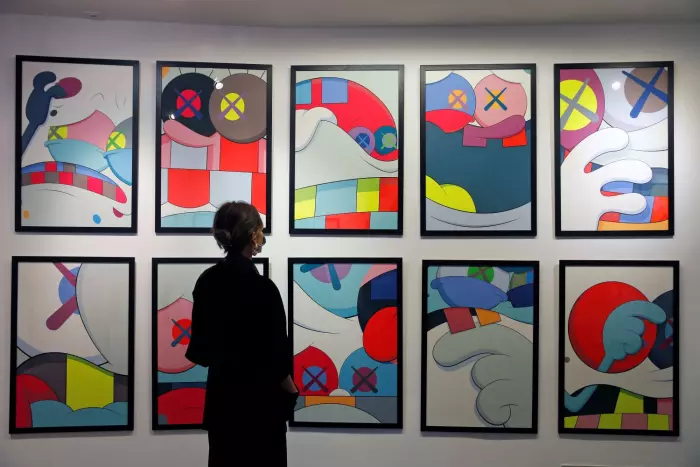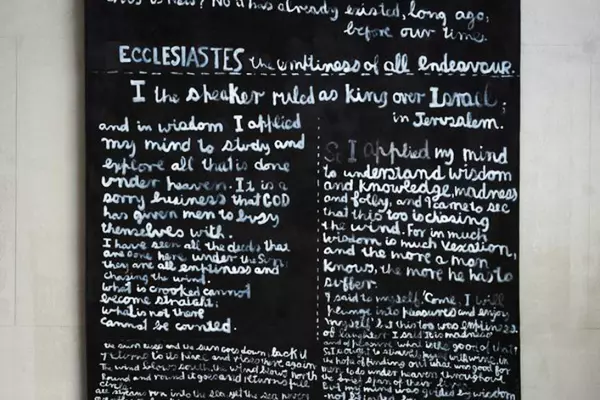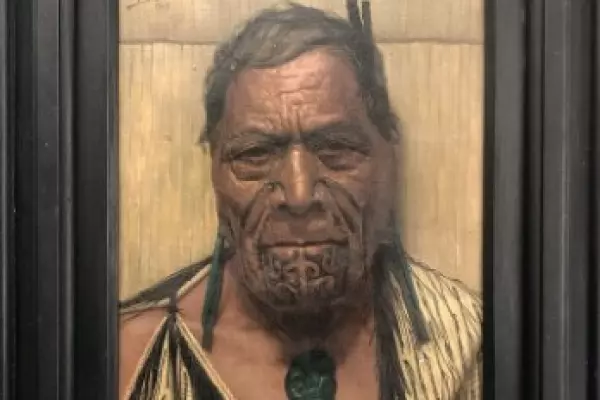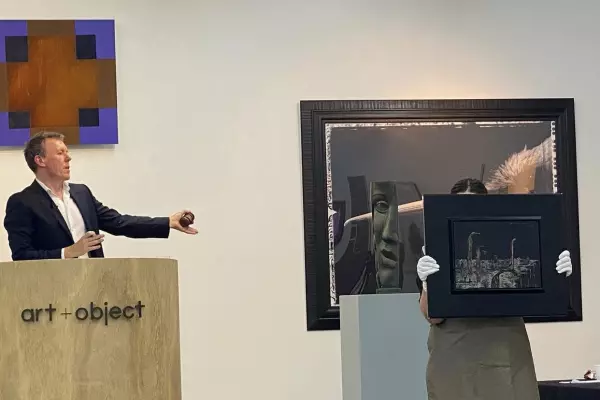One of the most common questions an art professional gets asked is, “What young, emerging artists should I be investing in?” and the most common answer is, “If I knew that, I would be buying them myself.” Investing in art may not provide the quick or significant gains of other asset classes but it can be one of the most rewarding and enjoyable ways to invest money, with the added benefit of being able to enjoy looking and living with your investment every day.
Purchasing art with investment in mind, whether it be a painting, sculpture or limited-edition print, should always be considered as a long-term hold. It is a common misbelief that all art goes up in value from its original purchase price or will increase in value once the artist dies. Another frequently held idea is that art needs to be bought when the artist’s career is in its early stages, but that is not always true either. In fact, many arts professionals will advise against purchasing art solely for investment as it requires knowledge and a commitment from the collector to learn about what they are purchasing. However, the same strategies for investing in art apply to both those who wish to build a collection and those who want to buy just a few pieces and protect the cost of their initial outlay.
The covid pandemic and the resulting restrictions on overseas travel are among factors that have led to a significant amount of money finding its way back into the New Zealand art market, and so far in 2020, the four major auction houses have already turned over $16 million worth of art. Dealer galleries, auction houses and the businesses that service them, such as picture framers, have noted unexpected and extremely buoyant purchasing activity, especially in the second half of the year. There is anecdotal evidence that with very low interest rates, those who can afford it are looking for new places to park their money and art is one obvious choice.
This isn’t limited to New Zealand; the same trend is happening in Australia. There, the lockdowns in some areas have been even stricter than in New Zealand, and with businesses being closed for long periods, buyers have been very happy to purchase artwork sight unseen from an image on a computer screen.
A strong and competitive art market can easily lead to impulse purchasing and buyer’s remorse, so it pays to have some strategies in mind to guide your collecting. My upcoming series of articles on BusinessDesk will focus on the tools for building an art collection or making considered art purchases, whether you be a new or established collector. The articles will focus on ‘looking and learning’ – knowledge is key when purchasing art and the first rule of doing so is to know what you are buying, so how do you get that knowledge, and where from?
We will look at provenance and authenticity – where has the work come from and how do you know it is legitimate? When you are ready to make a purchase, how do you ascertain quality, rarity, condition and most importantly a fair price. Finally, if you need to sell your artwork or collection, how do you go about this to realise the best returns.
So, to inspire those looking to begin an art-collecting journey, it’s interesting to check the archives and see where significant gains have been made in the market over the past 20 years. The good news is that it’s not all blue-chip artists such as C.F. Goldie and Colin McCahon who have seen the price rises. Limited-edition artist prints are a relatively affordable way to enter the market, and screen prints by Don Binney that feature his signature native New Zealand bird flying over a landscape have jumped significantly in price. In the early 2000s, a print like this in an edition of fewer than 50 could be purchased at auction for around $1500 to $2500, but in the past few years the price has skyrocketed to $15,000 to $17,000.
Similarly, Fiona Pardington’s black-and-white photographs related to huia birds have seen significant gains at auction in the past decade. One example, Ake Ake Huia, first realised $5500 in 2008, and another in the edition sold in 2016 for $26,000 and would most likely be worth closer to $30,000 now.
Finally, it’s worth mentioning Goldie again as he is the one artist who has shown consistent price rises since his works were sold in the first half of the 20th century. If you were able to afford $150,000 in the early 2000s for a small female portrait by him, the same work now would most likely achieve $350,000 to $450,000 at auction, so it’s easy to see why his paintings have become the gold standard of art investment in New Zealand.
Briar Williams is a specialist fine art valuer at artvaluationsnz.com














